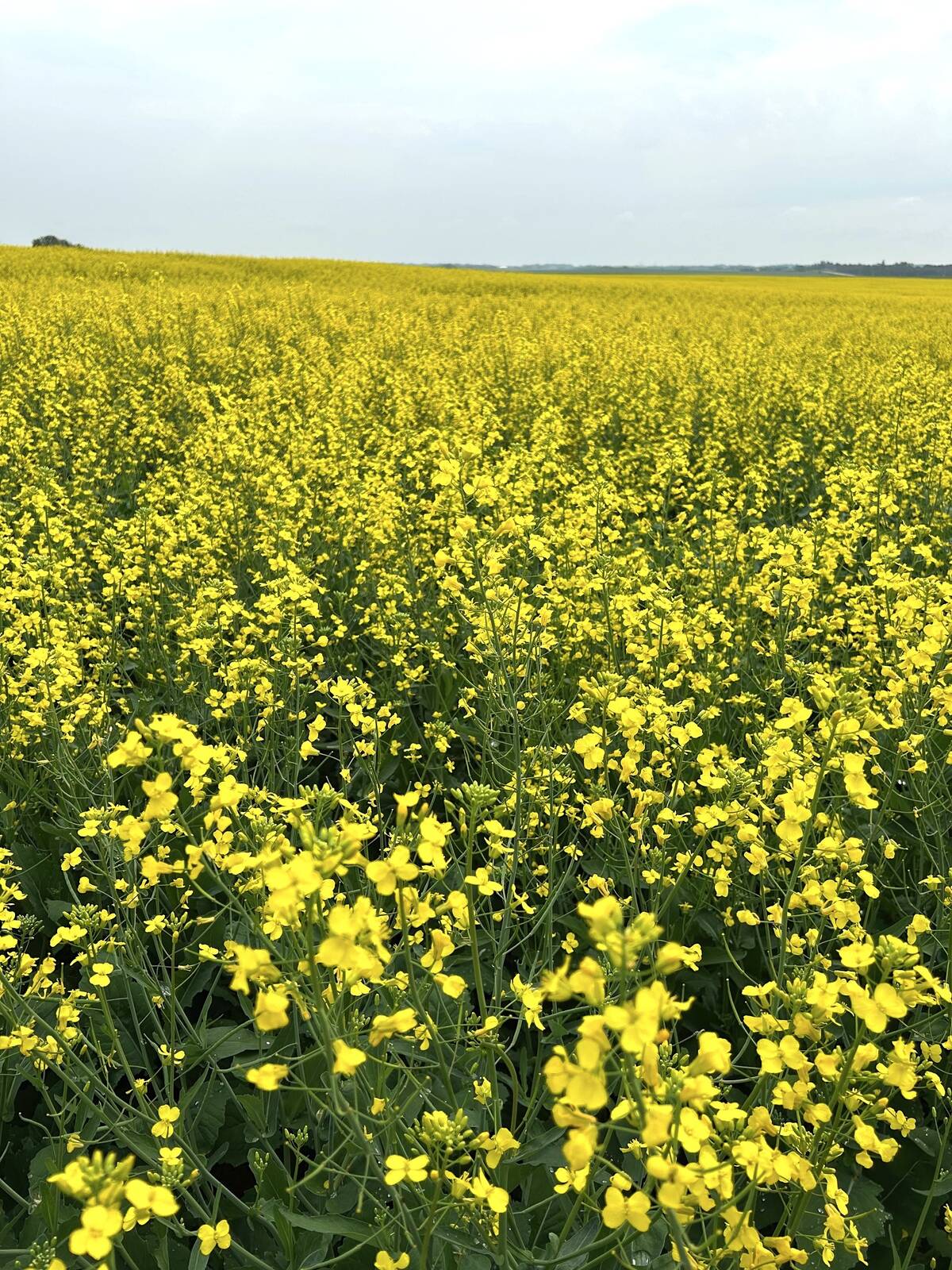The other shoe has dropped in China’s trade war against Canadian canola.
Five months after imposing a 100 per cent tariff on Canadian canola meal and oilseed — retaliation for Canada’s tariffs on Chinese electric vehicles — China announced on Aug. 12 it will impose a 75.8 per cent preliminary anti-dumping duty on Canadian canola imports beginning Aug. 14.
The result was calamitous for ICE canola futures, falling by the limit of $45 per tonne before recovering to lose $30.50 in the November contract at the end of the day. However, they had a small bounce back, recovering between $7.80 to $9.50/tonne on Aug. 13. While analysts chalked it up as a correction, rising soybean prices and tight canola supplies also underpinned gains.
Read Also

Time to be honest about hemp, experts say
Years of hype have given way to a more realistic view of hemp. Farmers and processors say the crop’s future depends on solid agronomy, honesty.
This new levy makes Canadian canola unaffordable to Chinese buyers, but there is somewhat of a Plan B. China recently re-opened access to Australian canola after a ban of nearly five years. However, Australia’s exports won’t fully fill the 4.8-million tonne void left behind. The United States Department of Agriculture reported on Aug. 12 that China will increase soyoil production in 2025-26 by 950,000 tonnes at 20.52 million, as well as import 400,000 tonnes more palm oil at five million.
The same report also stated that worldwide production of major oilseeds will be up 8.35 million tonnes at 690.11 million for 2025-26, as well as a 5.62 million-tonne increase for vegetable oil production at 234.64 million. Global soybean, soymeal and soyoil production will also increase from the past marketing year, owing to large crops in the U.S. and South America. Additional vegetable oils and oilseeds will pressure the markets, including canola.
Some analysts believe canola could fall to $600/tonne eventually, but there are ways to delay or prevent canola’s potential fate. Canadian canola producers must try to find alternative markets to China just like other countries are trying to reduce dependence on the U.S. Ironically, the U.S. allowing Canadian canola to be used as biofuel would provide some relief to the markets. As usual, tight supplies and unfavourable weather can also give prices a bump up.
These are difficult times for the Canadian canola sector, but with global trade dynamics changing every day, it’s hard to tell where prices will go next.
















